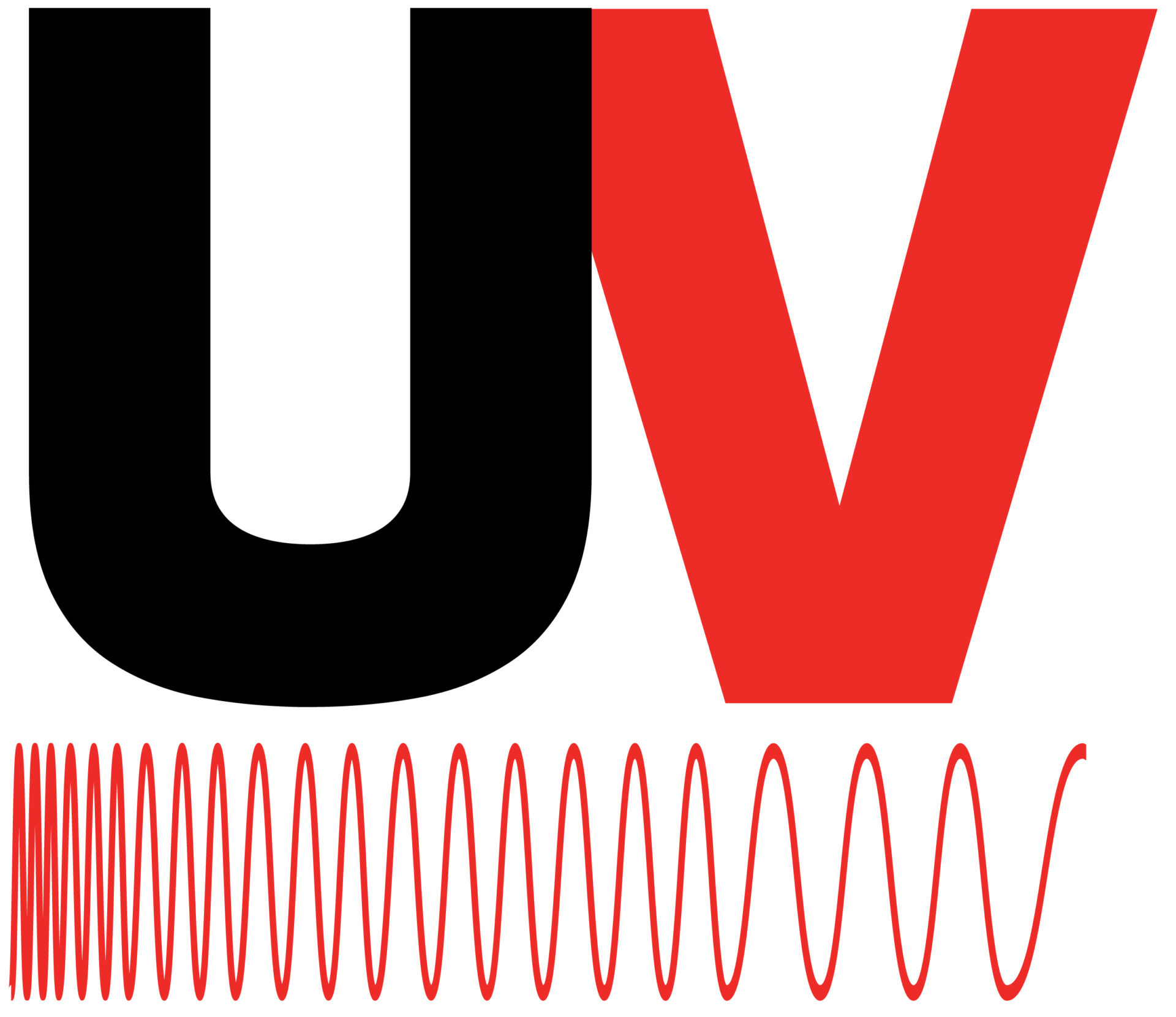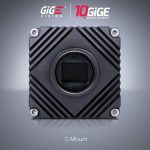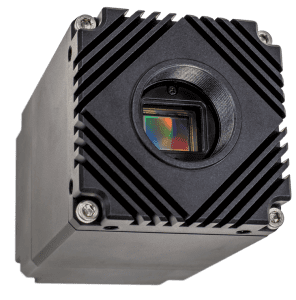
Explore Atlas10 UV machine vision camera
Model | Resolution | MegaPixel | FPS | Sensor | Format | Shutter | Chroma | Lens Mount | Interface | |
|---|---|---|---|---|---|---|---|---|---|---|
2840x2840 | 8.1 | 136.8 | Sony IMX487 | 2/3" | Global | Mono (UV+VIS) | C-Mount | 10GBASE-T |
Industrial Features + High UV Sensitivity
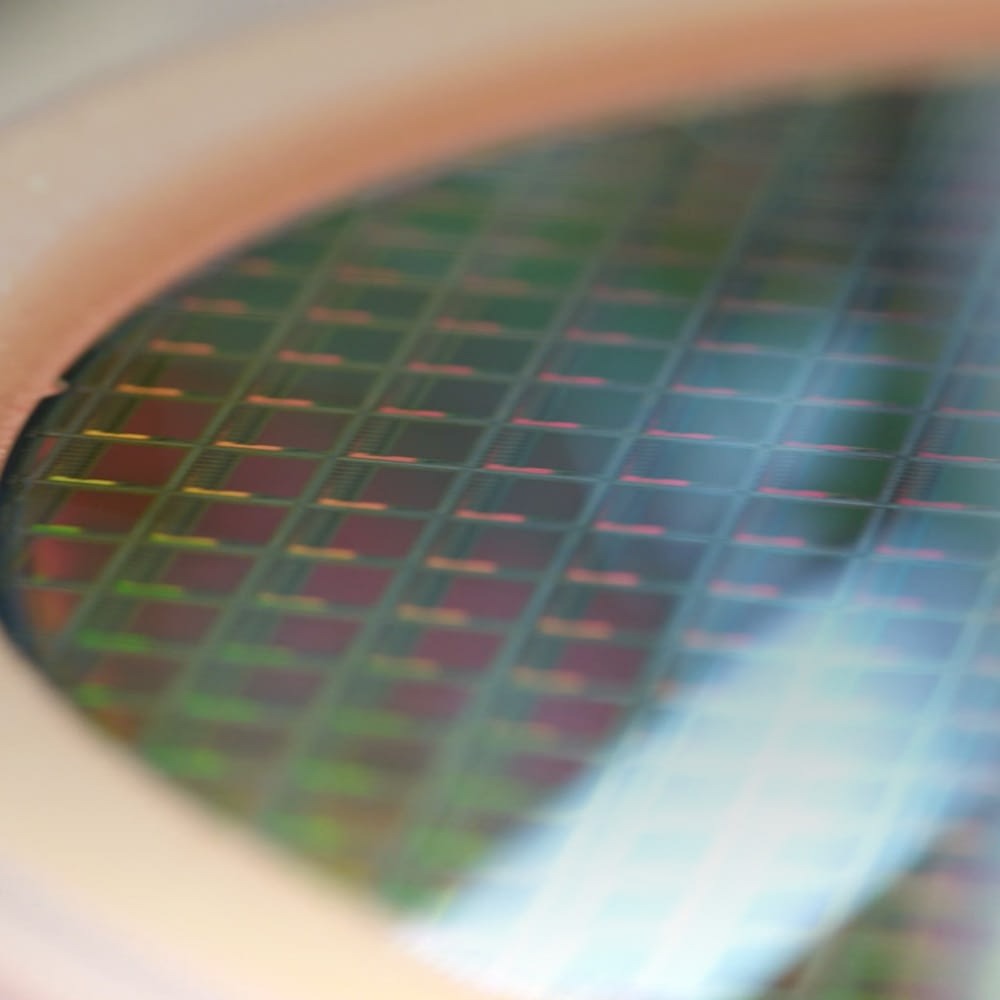
The Atlas10 UV camera can be used during the semiconductor manufacturing processes. Because UV light is a shorter wavelength than visible light, the camera can detect minute flaws in increasingly smaller circuits. It can be used to find polish marks, crystalline pits, terracing, voids or other defects in wafers.
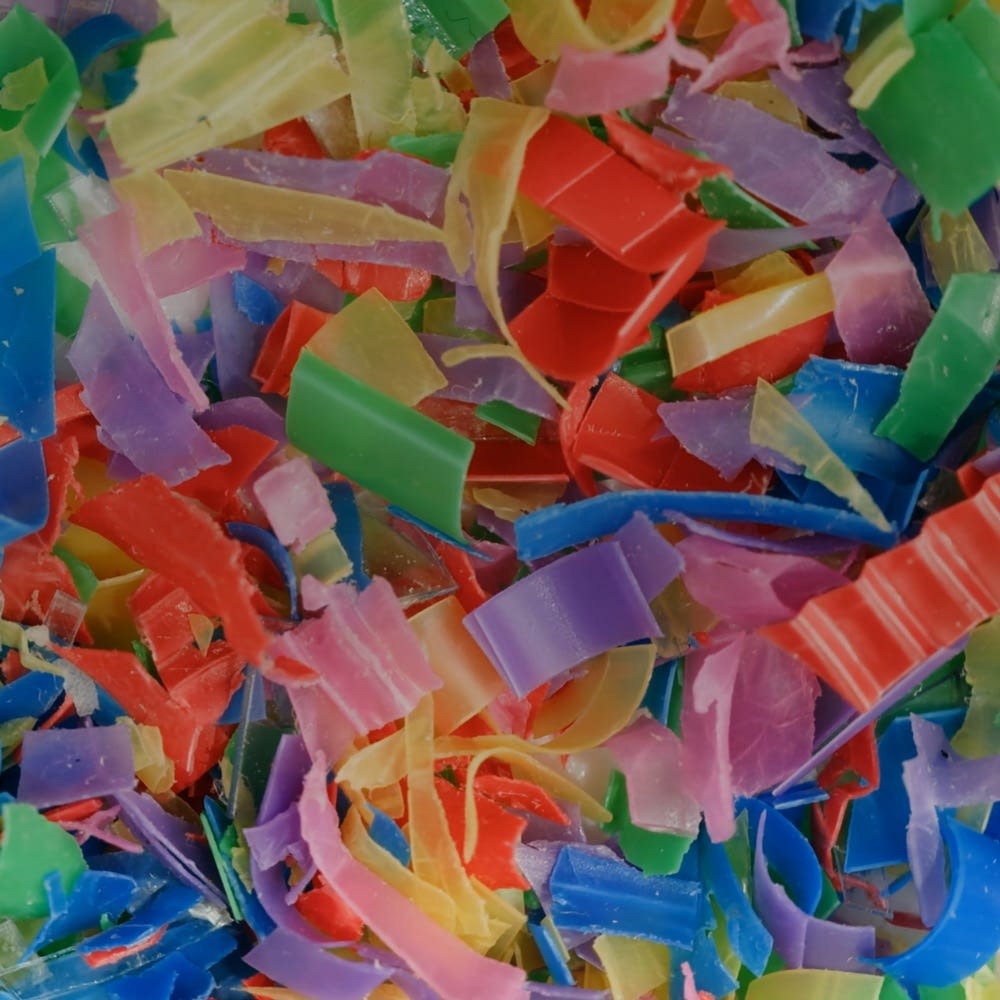
Transparent materials such as plastics and glass can benefit greatly from UV camera inspection. Acrylic resin (PMMA) and polystyrene (PS) react differently to UV light. The Atlas10 can be used to identify different transparent materials through different UV transmittance and allow for automated sorting in facilities such as recycling plants.
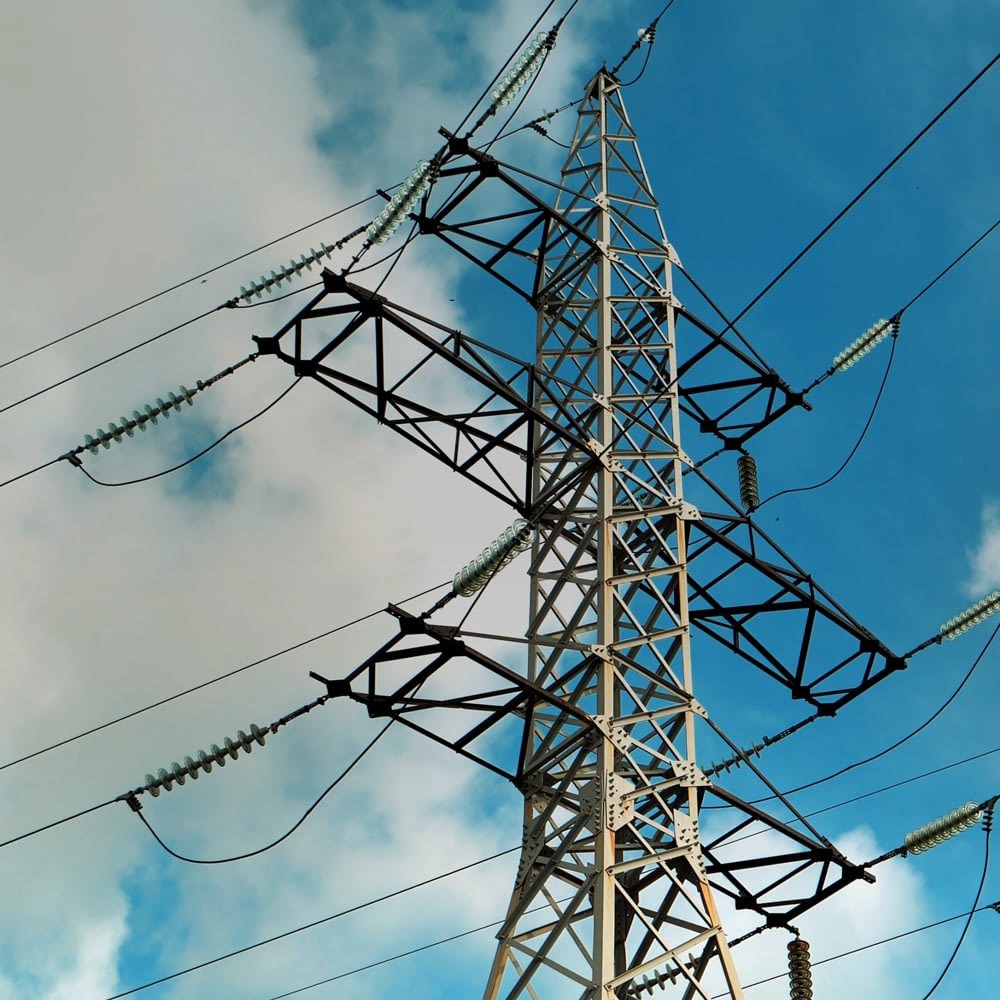
Ultraviolet radiation can be discharged by deteriorated parts in electric power infrastructure. Using UV sensing can help detect and locate failing or damaged parts in high-voltage transmission lines and in other electrical utilities.
